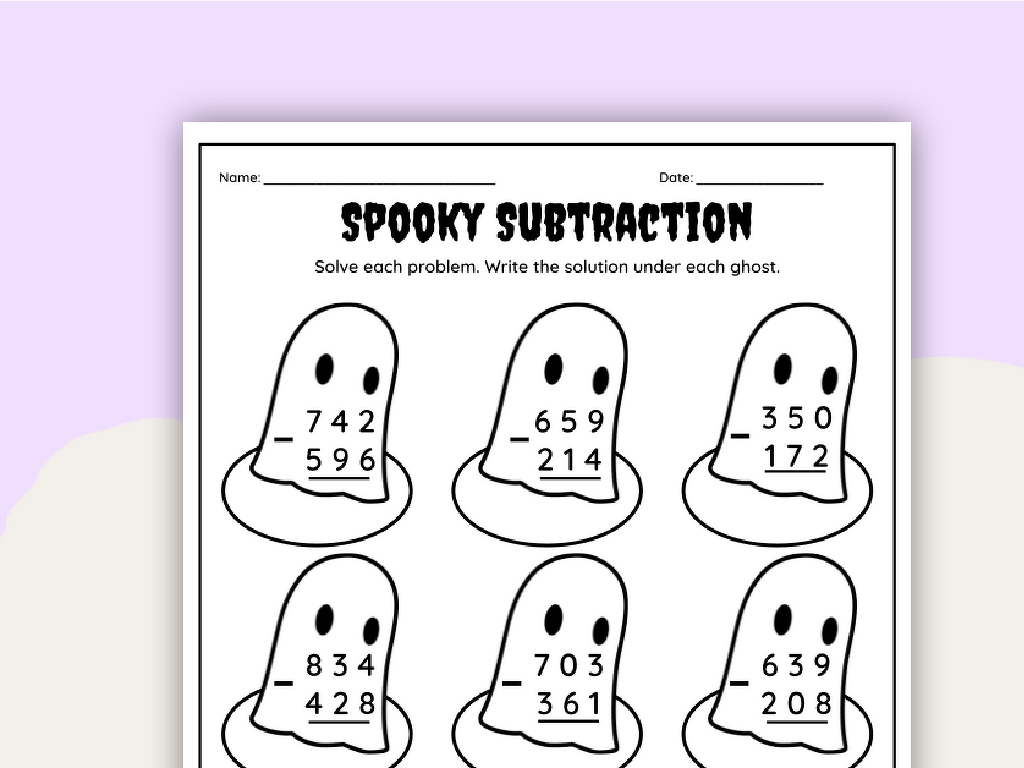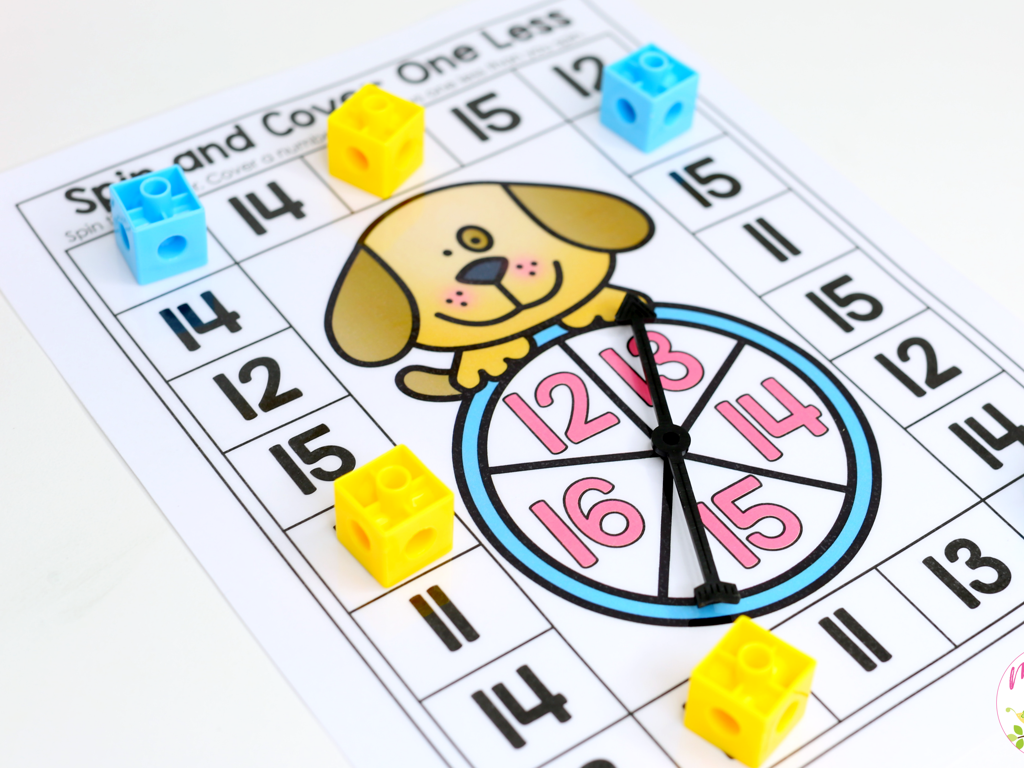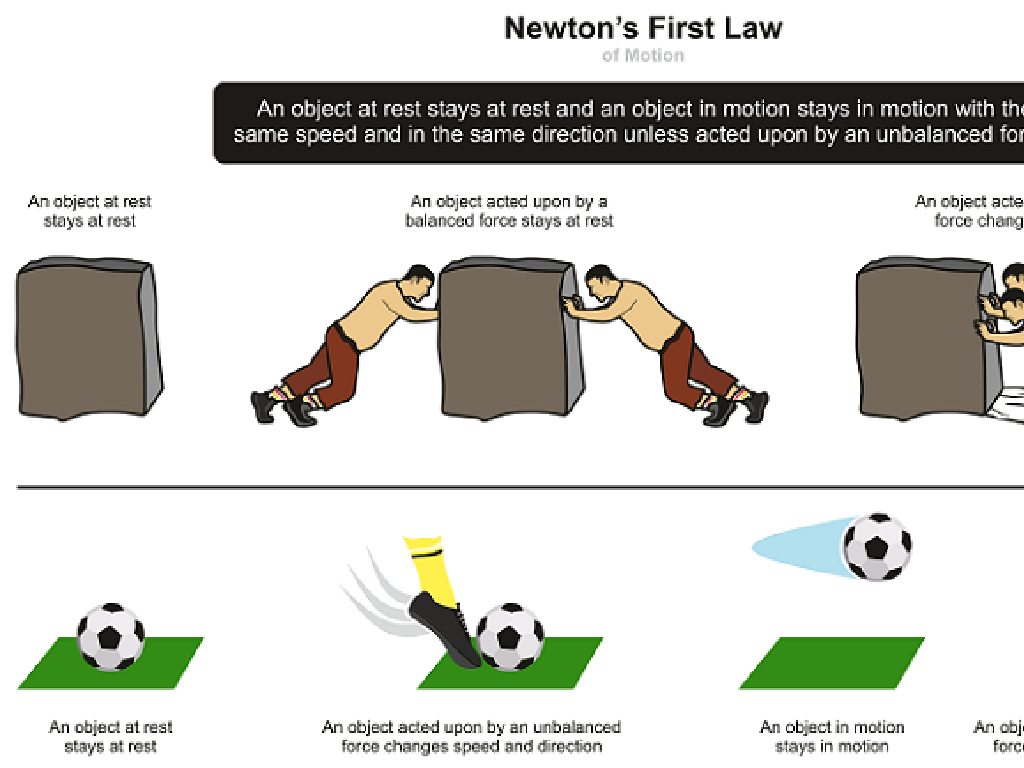Reflections And Rotations: Write The Rule
Subject: Math
Grade: Eighth grade
Topic: Transformations And Congruence
Please LOG IN to download the presentation. Access is available to registered users only.
View More Content
Transformations and Congruence: Reflections and Rotations
– Exploring transformations
Transformations change a figure’s position or size.
– Defining congruence
Congruence means figures are identical in shape and size.
– Rules for reflections
Reflections flip figures over a line, like a mirror image.
– Rules for rotations
Rotations turn figures around a fixed point, like spinning.
|
This slide introduces the concepts of transformations and congruence, setting the stage for a deeper dive into reflections and rotations. Transformations involve moving or resizing figures, while congruence deals with figures being exactly the same in shape and size. Today’s lesson will focus on the specific rules that govern reflections and rotations. Reflections can be thought of as flipping a figure over a line to create a mirror image, while rotations involve turning the figure around a point. Understanding these rules is crucial for students to grasp how geometric figures can be manipulated while preserving congruence.
Understanding Reflections in Geometry
– Define a geometric reflection
– A flip over a line where the figure is an exact mirror image.
– Identifying reflections
– Look for equal distance from the line of reflection on both sides.
– Reflection across the x-axis
– Points are mirrored horizontally, (x, y) becomes (x, -y).
– Reflection across the y-axis
– Points are mirrored vertically, (x, y) becomes (-x, y).
|
This slide introduces the concept of reflection in the context of geometric transformations. A reflection is essentially a ‘flip’ of a figure over a line, creating a mirror image. When identifying reflections, students should observe that each point and its image are equidistant from the line of reflection. Emphasize the rules for reflecting points across the x-axis and y-axis. For the x-axis, all y-coordinates change sign, while for the y-axis, all x-coordinates change sign. Provide examples on the coordinate plane and encourage students to practice plotting points and their reflections to solidify their understanding.
Rules for Reflection in Coordinate Geometry
– Reflection across the x-axis
– Original point (x, y) becomes (x, -y)
– Reflection across the y-axis
– Original point (x, y) becomes (-x, y)
– Practice reflecting points
– Use graph paper to plot and reflect points
– Understanding reflections
– Reflections flip figures over a line
|
This slide introduces students to the concept of reflection in the context of coordinate geometry. Reflections are transformations that ‘flip’ a figure over a specific line without changing its size or shape. When reflecting over the x-axis, the y-coordinate changes sign, while reflecting over the y-axis changes the sign of the x-coordinate. Provide students with graph paper and ask them to practice by plotting points and their reflections over both axes. This will help them visualize the transformation and understand the ‘mirror image’ effect of reflections. Encourage students to think about symmetry and how reflections can show if a figure is symmetrical with respect to an axis.
Understanding Rotations in Geometry
– Rotation: Turning around a point
– A rotation moves a figure about a fixed point, called the center of rotation.
– Clockwise vs Counterclockwise
– Clockwise turns right; counterclockwise turns left.
– Degrees of Rotation: 90°, 180°, 270°, 360°
– Common rotation angles in geometry and their effects on figures.
– Writing rotation rules
– Use (x, y) (y, -x) for 90° clockwise rotation as an example.
|
This slide introduces the concept of rotation in geometry, which is a type of transformation where a figure is turned around a fixed point. Differentiate between clockwise and counterclockwise rotations, and discuss the standard degrees of rotation that are most commonly used in problems. Emphasize the importance of understanding the direction and degree of rotation to accurately describe the transformation. Conclude by showing how to write the rule for a rotation, using coordinate notation to express the original and new positions of points after a rotation. Provide examples for each degree of rotation and encourage students to practice writing rules for rotations in different directions and angles.
Rules for Rotation in the Coordinate Plane
– Rule for 90° Clockwise Rotation
– Original point (x, y) becomes (y, -x)
– Rule for 180° Rotation
– Original point (x, y) becomes (-x, -y)
– Rule for 270° Clockwise Rotation
– Original point (x, y) becomes (-y, x)
– Understanding rotation rules
|
This slide presents the rules for rotating points on the coordinate plane. A 90° clockwise rotation switches the x and y coordinates and negates the new x-coordinate. A 180° rotation negates both the x and y coordinates, essentially rotating the point to its opposite quadrant. A 270° clockwise rotation is similar to a 90° rotation but negates the new y-coordinate instead. It’s crucial for students to visualize these rotations on a coordinate grid to fully grasp the concept. Have students practice by plotting points and performing these rotations to see the rules in action. This will help solidify their understanding of how rotation affects the position of points in a coordinate plane.
Reflections and Rotations: Congruence
– Reflect triangle across y-axis
– Flip triangle over y-axis, vertices change sign
– Rotate square 90° clockwise
– Square corners move to next position
– Congruence post-transformation
– Shapes remain identical in size and shape
– Writing transformation rules
– Use coordinates to express changes
|
This slide aims to demonstrate how reflections and rotations are types of transformations that can be applied to geometric figures without altering their congruence. Example 1 should show how reflecting a triangle across the y-axis changes the sign of the x-coordinates of its vertices but keeps the shape and size intact. Example 2 illustrates a 90° clockwise rotation of a square, where each vertex moves to the position of the next vertex in a clockwise direction. Discuss how despite these transformations, the figures remain congruent, meaning they have the same size and shape. Encourage students to write the rules for these transformations using coordinates to describe the changes in position. This understanding is crucial for solving problems related to geometric transformations and congruence.
Class Activity: Reflection and Rotation Art
– Create a design on grid paper
– Reflect design across an axis
Flip your design over a line like a mirror image
– Rotate your design 90° or 180°
Turn your design around a point by 90° or 180°
– Share results with the class
|
This activity is designed to help students understand the concepts of reflection and rotation in a fun and creative way. Provide each student with grid paper and ask them to create an original design. Once the design is complete, instruct them to reflect their design across a chosen axis, creating a mirror image. Next, have them rotate their design either 90 degrees or 180 degrees around a central point. After completing their artwork, students will share their designs with the class and discuss the transformation rules they applied. Possible variations for different students could include reflecting over different axes, rotating different degrees, or even combining reflections and rotations. This hands-on activity not only reinforces the mathematical concepts but also encourages artistic expression and peer learning.
Conclusion: Reflections & Rotations
– Review reflection rules
– For reflection over x-axis, (x, y) becomes (x, -y).
– Review rotation rules
– For 90° rotation clockwise, (x, y) becomes (y, -x).
– Significance in geometry
– Transformations help understand object positions and solve problems.
– Homework assignment
– Complete the provided worksheet on reflections and rotations.
|
As we conclude today’s lesson, ensure students have a solid understanding of the rules for reflections and rotations. Emphasize the importance of these transformations in geometry, particularly in understanding symmetry, congruence, and the properties of shapes. For homework, students should complete the worksheet, which includes various problems on reflections and rotations to reinforce their learning. Encourage them to apply the rules discussed in class to solve the problems. This practice will help solidify their understanding and prepare them for more complex geometric transformations.






